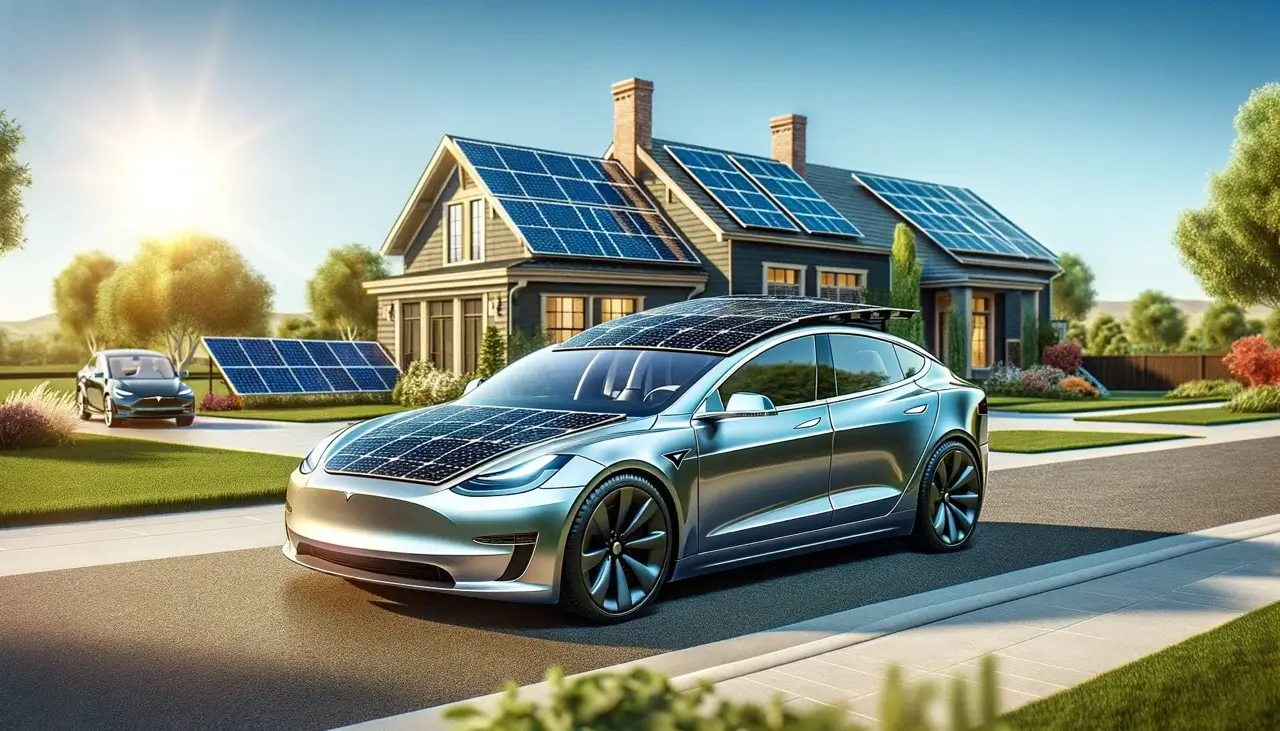Can I Start My Electric Car While It’s Still Charging?
The question of whether you can start your electric car while it’s still charging is a common one among new electric vehicle (EV) owners. The short answer is no, but the explanation is a bit more nuanced. Understanding the operational differences between traditional internal combustion engine (ICE) vehicles and EVs is key to appreciating why this is the case.
The Concept of “Starting” in EVs
In a traditional ICE vehicle, starting the car involves turning on the engine, which then idles until you begin driving. However, EVs do not have an engine in the conventional sense. Instead, they have electric motors that only operate when the vehicle is in motion. This fundamental difference means that the concept of “starting” an EV is different from that of an ICE vehicle.
When you plug in an EV to charge, an interlock system is activated. This system prevents the vehicle from moving, ensuring safety and preventing damage to the charging infrastructure and the vehicle itself. Despite this, you can still power on the vehicle and use various functions like the range indicator, windows, and navigation system. What you cannot do is put the vehicle into Drive and start driving until the charging cable is disconnected.
Specific Examples: Tesla and BMW i3
To illustrate, let’s look at two specific examples: Tesla and BMW i3.
- Tesla: When a Tesla is plugged in and you open a door, the touchscreen powers on. You can access all the features available on the touchscreen. However, if you attempt to put the car in Drive, you will receive an error message stating, “Charge cable connected to vehicle. Disconnect charge cable to drive.”
- BMW i3: The BMW i3, which includes a START/STOP button for familiarity, behaves similarly. When plugged in, if you press the START button, an error message appears saying, “Disconnect charging cable. Disconnect charging cable to establish drive readiness.” Once you disconnect the charging cable, pressing the START button again will show a “READY” indication on the display, allowing you to select Drive, Neutral, or Reverse.
Learning Curve for New EV Owners
Transitioning from an ICE vehicle to an EV does come with a learning curve. One of the first things new EV owners notice is the absence of engine noise when the vehicle is in Drive. This can be disorienting at first. Another significant difference is the behavior of regenerative braking. When you take your foot off the accelerator in an EV, the vehicle slows down much faster than a traditional car, as the electric motors switch to generator mode and recharge the battery. This feature, known as single-pedal driving, not only enhances efficiency but also reduces the frequency of brake maintenance.
Practical Considerations for Potential EV Owners
While EVs offer numerous advantages, including lower operating costs and reduced environmental impact, there are practical considerations to keep in mind.
- Long-Distance Travel: If you frequently drive long distances and are not willing to wait for charging, an EV might not yet be the best fit. Charging infrastructure and vehicle range are improving, but currently, charging every three hours for 20-40 minutes might not be convenient for everyone.
- Home Charging Availability: Having the ability to charge at home is a significant convenience. If you lack this ability, it’s essential to research local charging stations and consider whether they are sufficient for your needs.
Conclusion
Starting an EV while it’s still charging is not possible due to safety interlocks designed to prevent vehicle movement. Understanding these differences and the operational nuances of EVs is crucial for new owners. While there is a learning curve, the benefits of driving an EV often outweigh the initial adjustments. As technology continues to advance, many of the current limitations will diminish, making EVs an increasingly viable option for a broader range of drivers.
